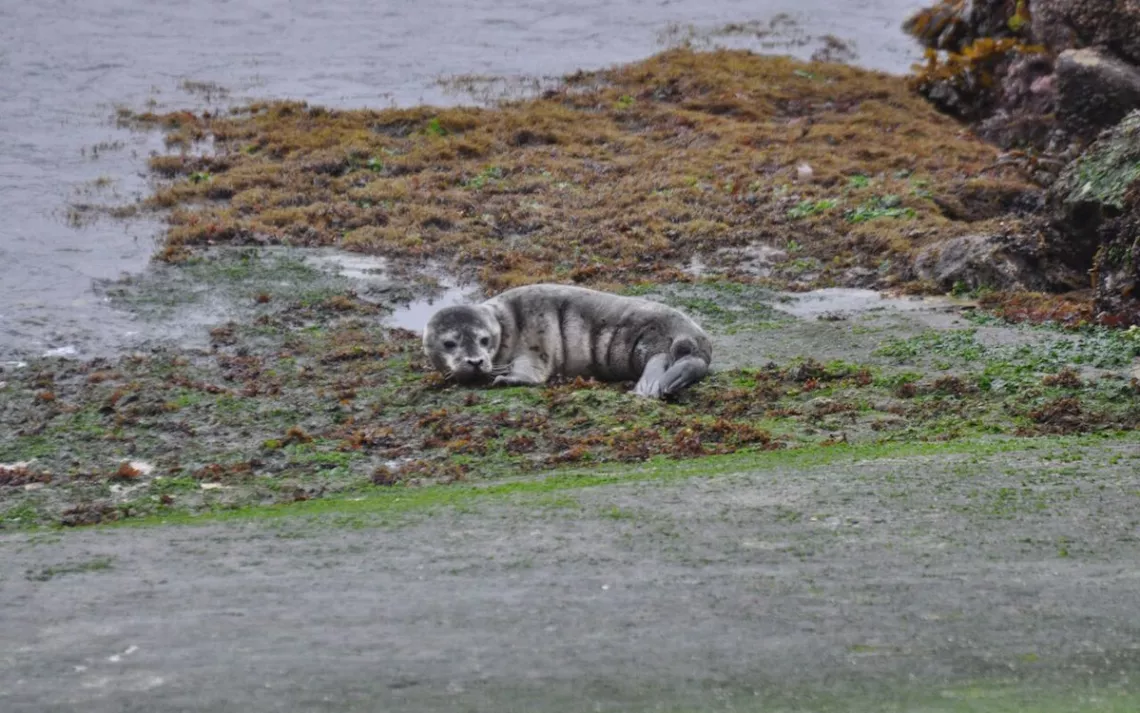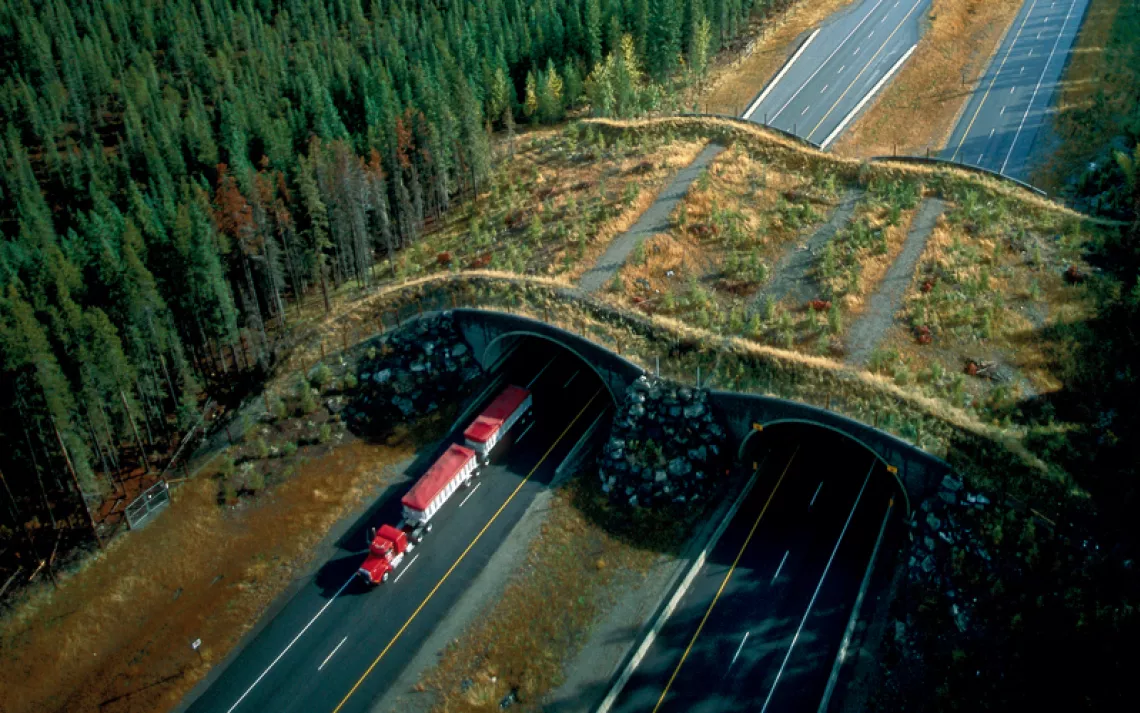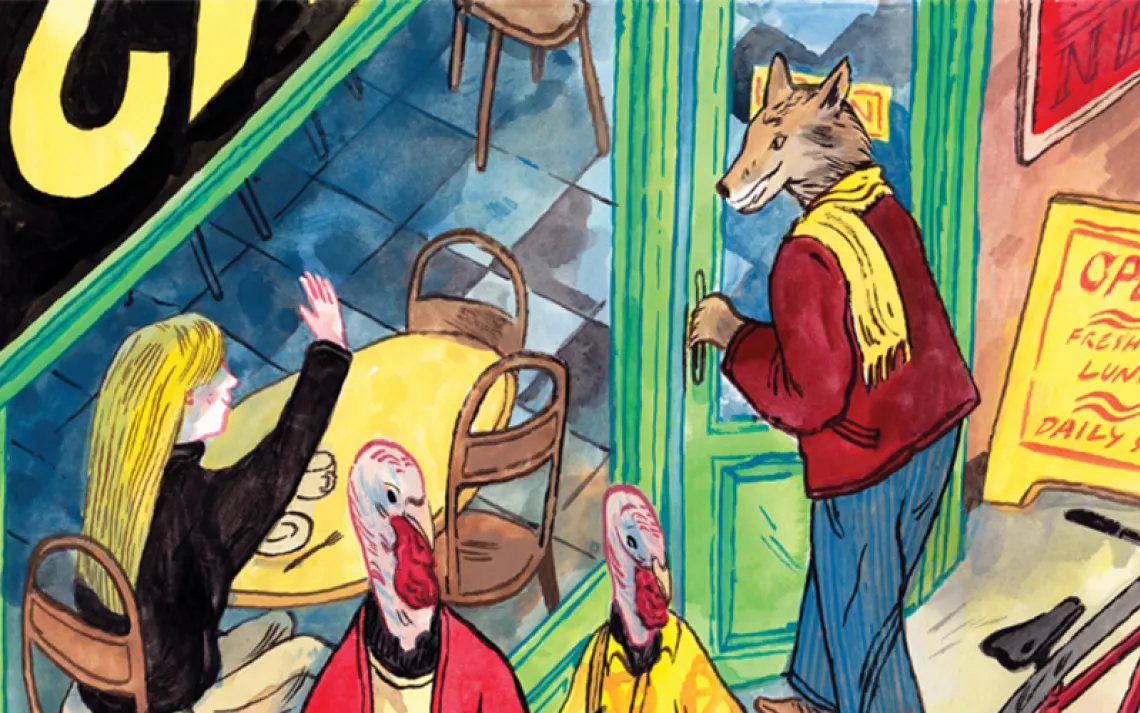What if You Encounter Injured Baby Wildlife?
Here’s what to do

Photo courtesy of the Marine Mammal Center/Johnny Hope
Summer is upon us, which means wild animals are caring for their newly arrived offspring, and humans are planning hikes and other ventures out into the wilderness. Because busy animal parents sometimes need to leave their charges, this is the time of year when humans are most likely to encounter babies of the animal kingdom.
But fear (and touch) not! We’ve gathered best practices when it comes to surprise baby wildlife meetings. For starters, know that an encounter with an injured young animal requires different steps and responses than an encounter with a healthy animal. According to the Humane Society, most wildlife injuries occur due to human activity, such as being hit by a car, attacked by a pet, or otherwise having one’s nest disturbed. Knowing when and how to intervene is crucial, as it may result in the life or death of an animal. Any interaction—from touching the animal or moving its nest, to taking it to a rehabilitation or wildlife center—potentially severs the parent/young relationship. Also, know that it is illegal to keep wildlife—so don’t go deciding that a pet skunk would be a good idea.
Intervention may be necessary, however, if the animal shows noticeable signs of distress. These include blood, an obvious broken limb, a dead parent nearby, evidence that the animal has been caught by a dog, cat, or other predator, or, if it’s a bird, if it's in a nearly featherless state. If the critter is severely injured, a call to a licensed, local wildlife rehabilitator may be the only option. Generally speaking, you should not touch or move the animal until an expert arrives, unless it is in the middle of a trail or road. The best course of action also depends on what kind of animal is found. Here’s how to handle various types of baby wildlife encounters.
Songbird fledglings
By summer, most nestlings—baby birds marked by fuzzy down who are unable to leave the nest—have turned into fledglings. Fledglings can leave the nest, have feathers, and are learning to fly. If a fledgling is found on the ground and distressed, safely move it to a nearby nest (experts recommend surgical gloves or a towel). It’s best to read up on different types of nests in the area, so as to ensure the nest is the appropriate one—you don’t want doves to end up in a robin’s nest, or vice versa. If no nest is found, put the baby bird in some underbrush off the trail, out of site of predators. This way, they’ll be heard but not seen, which is important, as parents can locate them by certain calls. Do not attempt to take a fledgling, and also don’t try to feed it. According to the Audubon Society, their parents are key to their survival in the wild, and most human interactions stand to cause them more harm than good.
Rabbits
Injured baby rabbits are most likely the victims of cat or dog attacks. Rabbits like to build nests in small grooves in the grass, and if a dog, cat, or other predator finds a nest, it may injure the babies, but likely not the mother, as she spends most of her time away. Mother rabbits feed their young twice a day, at dawn and dusk, and are not often seen at the nest. Do not move the rabbits’ nest, even after an attack. Instead, restore its original integrity, if possible, and cover it with grass. At around five inches long, baby rabbits are independent and move around freely. Don’t ever take baby rabbits, regardless of how cute they might be, as human handling is stressful to them. If the rabbit is very small in size, and more than 24 hours have gone by without any mom sightings, then it’s time to call a wildlife rehabilitator.
Squirrels
Heavy storms can cause squirrel nests to fall from trees. If you encounter young squirrels on the ground, and the nest is nowhere to be found, place the animals in a cardboard box at the base of a tree. Don’t stay in the area to watch for the mother. She most likely won’t approach her young if she doesn’t feel safe. Squirrels, like all animals, have mites, and may have other parasites, too, so handling and caring for them overnight isn’t advised. If a squirrel is injured, it’s best to phone a local rehabber. Most of these instructions can also be applied to other small, furry woodland creatures, such as chipmunks and skunks.
Deer
Like baby rabbits, fawns spend most of their afternoons alone while the mother is out foraging. A fawn is identifiable by white spots on its back, which go away in adulthood. Seeing a fawn lying down alone in an open meadow is normal, and quiet stillness is its MO, so don’t be alarmed if it doesn’t move. If a fawn is wandering around and calling, however, it may be orphaned, in which case it’s best to phone a wildlife rehabilitator. Regardless, do not approach the animal.
Seals
Summer also means time at the beach. And just as we like to sun ourselves on the sand, so do seals. According to Dr. Abby McClain, a veterinarian at the Marine Mammal Center in Sausalito, California, it’s common to see elephant seals, harbor seals, and sea lion pups on public beaches. “What we recommend over and over again is that people need to keep their distance,” she says. Fifty to 100 yards away is advisable—you should use a zoom to capture photos. Dr. McClain says the most common calls to her center involve someone who sees a seal pup alone on a beach. “It’s 100 percent normal for mothers to leave them on the beach,” says Dr. McClain, noting that a seal mother will leave her pups for up to 24 hours while she forages in the sea. “Most of the time the mother is right off the coast; she knows exactly where she left them.” Dr. McClain emphasizes just how important it is to leave pups alone—a mother, in a flight response, will abandon her pup if she sees humans interacting with it. If a seal needs rescuing, do not approach it, but rather call a marine mammal center, as they have experts on hand to handle emergency situations.
By following simple instructions to defer to experts and never touch, take, or domesticate baby wildlife, adventures out into wild territory can remain as they should be: wild.
 The Magazine of The Sierra Club
The Magazine of The Sierra Club







